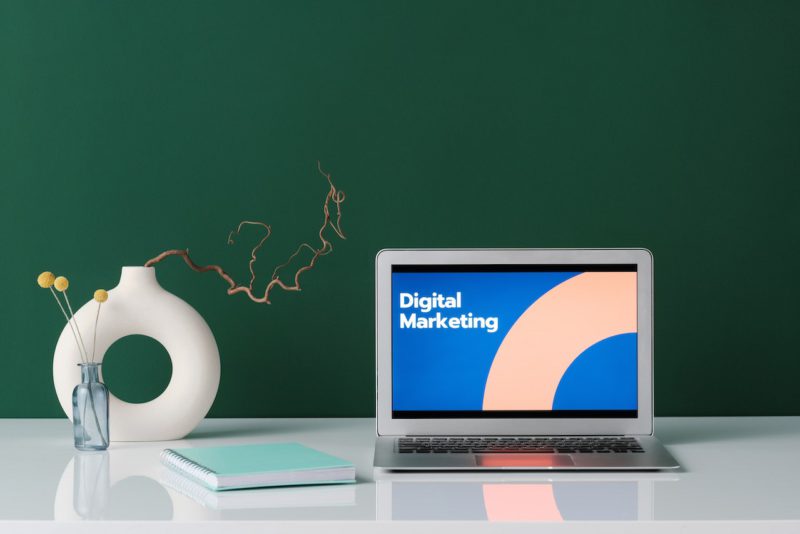The right software and apps can catalyse business growth in today’s digital era. With tools like CI migration, companies can streamline their operations, ensuring data transitions seamlessly during upgrades or platform changes. Similarly, innovative applications like a family time app exemplify how personalised solutions cater to niche needs, enhancing engagement and user satisfaction. For example, platforms such as Technology One Asset Management highlight the critical role of robust systems in optimising resources. At the same time, a screentime app demonstrates how software can shape healthier habits in families. These examples show how technology has transformed industries by offering customised solutions to specific challenges.
Custom apps give businesses a competitive edge by enabling them to address unique operational demands and customer expectations. Unlike off-the-shelf software, which often requires compromises, custom apps are designed to fit a business’s specific needs. This tailored approach enhances efficiency, streamlines workflows, and improves user experiences.
On another note, businesses that invest in custom apps can respond quickly to market changes. Agile features and updates can be implemented based on real-time feedback, ensuring relevance and adaptability. For example, an app designed for a retail business might integrate inventory tracking, customer loyalty programs, and sales analytics, creating an all-in-one tool that enhances productivity.
Customer experience is at the heart of business success, and custom apps are instrumental in elevating it. Personalised apps allow companies to interact with their audience meaningfully, from intuitive interfaces to features that address specific needs. A thoughtfully designed app can provide seamless navigation, personalised recommendations, and secure transactions, fostering loyalty and trust.
Take the example of apps focused on lifestyle or productivity. By offering solutions that improve daily routines or provide unique value, businesses can establish themselves as indispensable to their users. Apps designed for service-based industries like healthcare or education can also streamline scheduling, communication, and service delivery, ultimately enhancing satisfaction and retention.
Custom apps aren’t just tools for customer-facing interactions; they are equally valuable for internal processes. Streamlined operations powered by custom software can reduce costs, minimise errors, and boost employee productivity. For example, an app tailored for a logistics company could include real-time tracking, automated scheduling, and route optimisation. Besides, integrating data analytics within custom apps empowers businesses to make informed decisions. These insights can help identify bottlenecks, predict trends, and optimise resources, further driving growth.
One significant advantage of custom apps is their ability to grow alongside a business. As companies expand, their needs evolve, and custom apps can be updated to reflect these changes. This scalability ensures long-term relevance and cost-effectiveness.

For startups, custom apps can be developed with scalability in mind, allowing for seamless integration of new features as the business grows. These apps can adapt for established companies to handle increased workloads or integrate with other enterprise systems, creating a unified digital ecosystem.
Many industries have benefited from investing in tailored applications. In retail, apps have revolutionised customers’ shopping, offering features like virtual try-ons and personalised recommendations. The hospitality industry uses custom apps to enhance guest experiences, from easy check-ins to personalised room settings.
In education, custom apps support e-learning by delivering content in engaging formats and tracking student progress. Similarly, healthcare apps streamline patient management, appointment scheduling, and telemedicine consultations. These examples underline the versatility and transformative potential of custom apps across sectors.
While the benefits of custom apps are immense, businesses may encounter challenges during development. These include higher upfront costs, longer development timelines, and the need for specialised expertise. However, these obstacles can be mitigated by working with experienced developers who understand the business’s goals and industry.
Clear communication and a phased development approach can also reduce risks. Starting with a minimum viable product (MVP) allows firms to test core functionalities before investing in additional features. Regular updates and maintenance ensure that the app delivers value over time.
As technology evolves, the scope of custom apps continues to expand. Emerging trends like artificial intelligence, machine learning, and blockchain are reshaping what’s possible in app development. For example, AI-powered chatbots and personalised content delivery are becoming standard features in customer-facing apps, while blockchain ensures secure transactions and data integrity.
Another area for growth is the integration of custom apps with the Internet of Things (IoT). IoT-enabled apps transform how we interact with devices and systems, from smart homes to connected factories. Businesses that leverage these innovations can position themselves as leaders in their industries.
Custom apps are no longer a luxury but necessary for businesses aiming to thrive in a competitive landscape. By addressing unique challenges, enhancing customer experiences, and driving efficiency, these apps empower companies to achieve sustainable growth.
Investing in custom app development might require time and resources, but the long-term benefits far outweigh the initial efforts. As businesses continue to embrace digital transformation, those that leverage custom solutions will undoubtedly set themselves apart as innovators and leaders in their fields.






































